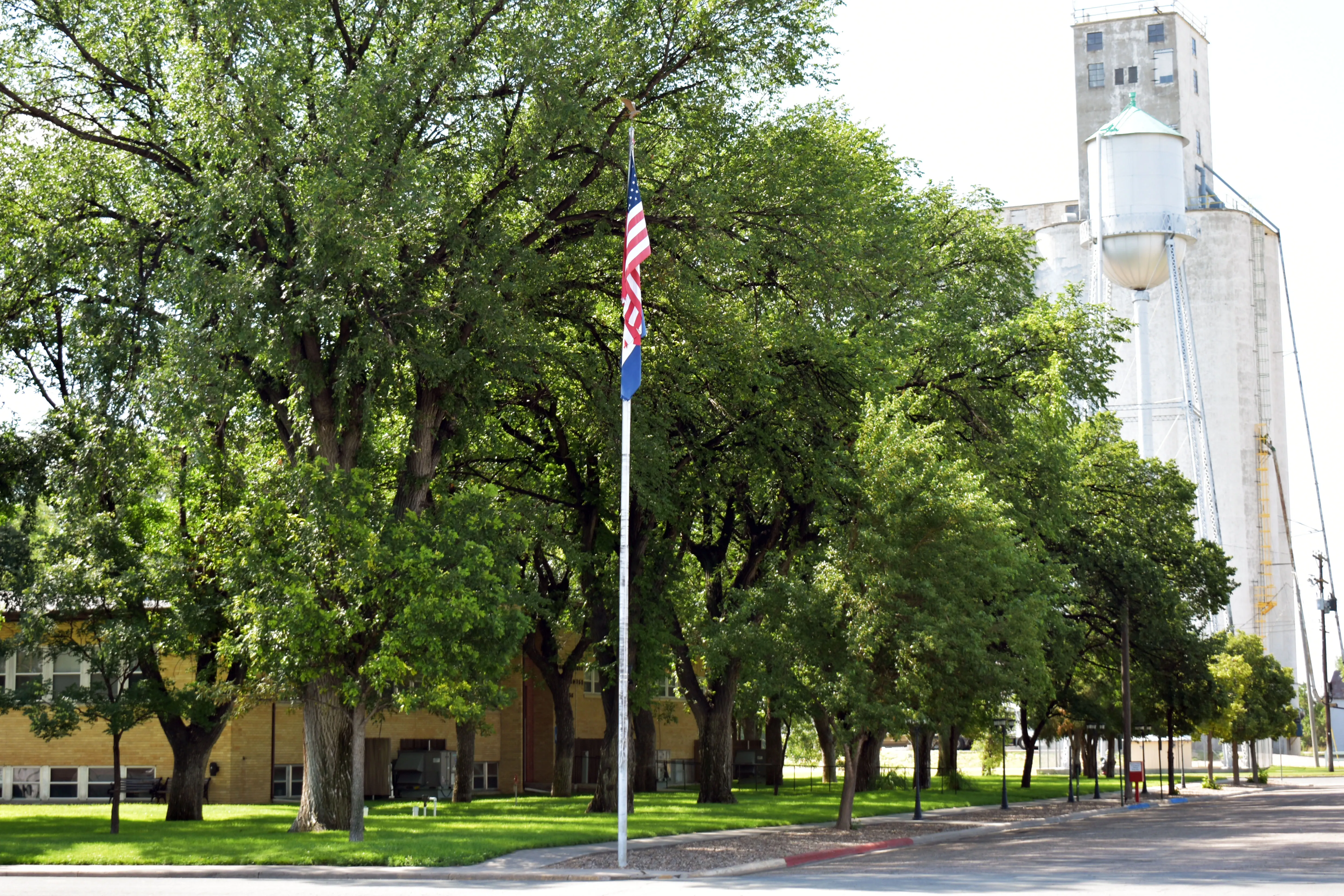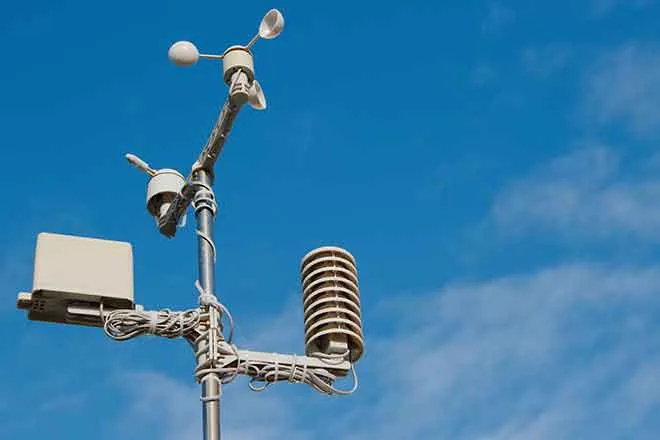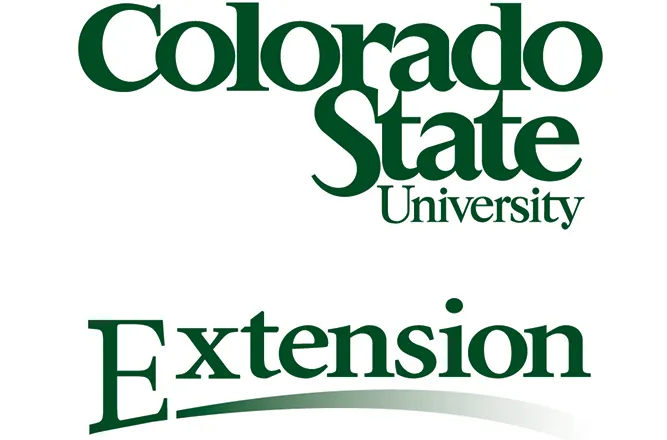
Town of Eads 2021 Drinking Water Quality Report
EADS TOWN OF 2021 Drinking Water Quality Report
Covering Data For Calendar Year 2020
Public Water System ID: CO0131400
Esta es información importante. Si no la pueden leer, necesitan que alguien se la traduzca.
We are pleased to present to you this year’s water quality report. Our constant goal is to provide you with a safe and dependable supply of drinking water. Please contact VAN H BROWN JR at 719-688-7294; 719-438-5590 with any questions or for public participation opportunities that may affect water quality.
General Information
All drinking water, including bottled water, may reasonably be expected to contain at least small amounts of some contaminants. The presence of contaminants does not necessarily indicate that the water poses a health risk. More information about contaminants and potential health effects can be obtained by calling the Environmental Protection Agency’s Safe Drinking Water Hotline (1-800-426-4791) or by visiting epa.gov/ground-water-and-drinking-water.
Some people may be more vulnerable to contaminants in drinking water than the general population. Immunocompromised persons such as persons with cancer undergoing chemotherapy, persons who have undergone organ transplants, people with HIV-AIDS or other immune system disorders, some elderly, and infants can be particularly at risk of infections. These people should seek advice about drinking water from their health care providers. For more information about contaminants and potential health effects, or to receive a copy of the U.S. Environmental Protection Agency (EPA) and the U.S. Centers for Disease Control (CDC) guidelines on appropriate means to lessen the risk of infection by Cryptosporidium and microbiological contaminants call the EPA Safe Drinking Water Hotline at (1-800-426-4791).
The sources of drinking water (both tap water and bottled water) include rivers, lakes, streams, ponds, reservoirs, springs, and wells. As water travels over the surface of the land or through the ground, it dissolves naturally occurring minerals and, in some cases, radioactive material, and can pick up substances resulting from the presence of animals or from human activity. Contaminants that may be present in source water include:
- Microbial contaminants: viruses and bacteria that may come from sewage treatment plants, septic systems, agricultural livestock operations, and wildlife.
- Inorganic contaminants: salts and metals, which can be naturally-occurring or result from urban storm water runoff, industrial or domestic wastewater discharges, oil and gas production, mining, or farming.
- Pesticides and herbicides: may come from a variety of sources, such as agriculture, urban storm water runoff, and residential uses.
- Radioactive contaminants: can be naturally occurring or be the result of oil and gas production and mining activities.
- Organic chemical contaminants: including synthetic and volatile organic chemicals, which are byproducts of industrial processes and petroleum production, and also may come from gas stations, urban storm water runoff, and septic systems.
In order to ensure that tap water is safe to drink, the Colorado Department of Public Health and Environment prescribes regulations limiting the amount of certain contaminants in water provided by public water systems. The Food and Drug Administration regulations establish limits for contaminants in bottled water that must provide the same protection for public health.
Lead in Drinking Water
If present, elevated levels of lead can cause serious health problems (especially for pregnant women and young children). It is possible that lead levels at your home may be higher than other homes in the community as a result of materials used in your home’s plumbing. If you are concerned about lead in your water, you may wish to have your water tested. When your water has been sitting for several hours, you can minimize the potential for lead exposure by flushing your tap for 30 seconds to 2 minutes before using water for drinking or cooking. Additional information on lead in drinking water, testing methods, and steps you can take to minimize exposure is available from the Safe Drinking Water Hotline (1-800-426-4791) or at epa.gov/safewater/lead.
Source Water Assessment and Protection (SWAP)
The Colorado Department of Public Health and Environment may have provided us with a Source Water Assessment Report for our water supply. For general information or to obtain a copy of the report please visit wqcdcompliance.com/ccr. The report is located under “Guidance: Source Water Assessment Reports”. Search the table using 131400, EADS TOWN OF, or by contacting VAN H BROWN JR at 719-688-7294; 719-438-5590. The Source Water Assessment Report provides a screening-level evaluation of potential contamination that could occur. It does not mean that the contamination has or will occur. We can use this information to evaluate the need to improve our current water treatment capabilities and prepare for future contamination threats. This can help us ensure that quality finished water is delivered to your homes. In addition, the source water assessment results provide a starting point for developing a source water protection plan. Potential sources of contamination in our source water area are listed on the next page.
Please contact us to learn more about what you can do to help protect your drinking water sources, any questions about the Drinking Water Quality Report, to learn more about our system, or to attend scheduled public meetings. We want you, our valued customers, to be informed about the services we provide and the quality water we deliver to you every day.
Sources (Water Type - Source Type) |
WELL NO 1 (Groundwater-Well) |
Potential Source(s) of Contamination |
EPA Chemical Inventory/Storage Sites, Aboveground, Underground and Leaking Storage Tank Sites, Existing/Abandoned Mine Sites, Other Facilities, Commercial/Industrial/Transportation, High Intensity Residential, Low Intensity Residential, Fallow, Small Grains, Pasture / Hay, Evergreen Forest, Septic Systems, Oil / Gas Wells, Road Miles |
- Maximum Contaminant Level (MCL) − The highest level of a contaminant allowed in drinking water.
- Treatment Technique (TT) − A required process intended to reduce the level of a contaminant in drinking water.
- Health-Based − A violation of either a MCL or TT.
- Non-Health-Based − A violation that is not a MCL or TT.
- Action Level (AL) − The concentration of a contaminant which, if exceeded, triggers treatment and other regulatory requirements.
- Maximum Residual Disinfectant Level (MRDL) − The highest level of a disinfectant allowed in drinking water. There is convincing evidence that addition of a disinfectant is necessary for control of microbial contaminants.
- Maximum Contaminant Level Goal (MCLG) − The level of a contaminant in drinking water below which there is no known or expected risk to health. MCLGs allow for a margin of safety.
- Maximum Residual Disinfectant Level Goal (MRDLG) − The level of a drinking water disinfectant, below which there is no known or expected risk to health. MRDLGs do not reflect the benefits of the use of disinfectants to control microbial contaminants.
- Violation (No Abbreviation) − Failure to meet a Colorado Primary Drinking Water Regulation.
- Formal Enforcement Action (No Abbreviation) − Escalated action taken by the State (due to the risk to public health, or number or severity of violations) to bring a non-compliant water system back into compliance.
- Variance and Exemptions (V/E) − Department permission not to meet a MCL or treatment technique under certain conditions.
- Gross Alpha (No Abbreviation) − Gross alpha particle activity compliance value. It includes radium-226, but excludes radon 222, and uranium.
- Picocuries per liter (pCi/L) − Measure of the radioactivity in water.
- Nephelometric Turbidity Unit (NTU) − Measure of the clarity or cloudiness of water. Turbidity in excess of 5 NTU is just noticeable to the typical person.
- Compliance Value (No Abbreviation) – Single or calculated value used to determine if regulatory contaminant level (e.g. MCL) is met. Examples of calculated values are the 90th Percentile, Running Annual Average (RAA) and Locational Running Annual Average (LRAA).
- Average (x-bar) − Typical value.
- Range (R) − Lowest value to the highest value.
- Sample Size (n) − Number or count of values (i.e. number of water samples collected).
- Parts per million = Milligrams per liter (ppm = mg/L) − One part per million corresponds to one minute in two years or a single penny in $10,000.
- Parts per billion = Micrograms per liter (ppb = ug/L) − One part per billion corresponds to one minute in 2,000 years, or a single penny in $10,000,000.
- Not Applicable (N/A) – Does not apply or not available.
- Level 1 Assessment – A study of the water system to identify potential problems and determine (if possible) why total coliform bacteria have been found in our water system.
- Level 2 Assessment – A very detailed study of the water system to identify potential problems and determine (if possible) why an E. coli MCL violation has occurred and/or why total coliform bacteria have been found in our water system on multiple occasions.
- Detected Contaminants
EADS TOWN OF routinely monitors for contaminants in your drinking water according to Federal and State laws. The following table(s) show all detections found in the period of January 1 to December 31, 2020 unless otherwise noted. The State of Colorado requires us to monitor for certain contaminants less than once per year because the concentrations of these contaminants are not expected to vary significantly from year to year, or the system is not considered vulnerable to this type of contamination. Therefore, some of our data, though representative, may be more than one year old. Violations and Formal Enforcement Actions, if any, are reported in the next section of this report.
Note: Only detected contaminants sampled within the last 5 years appear in this report. If no tables appear in this section then no contaminants were detected in the last round of monitoring.
(Download a full-size copy of this table in Adobe Acrobat PDF format from the link at the bottom of this notice.)

















